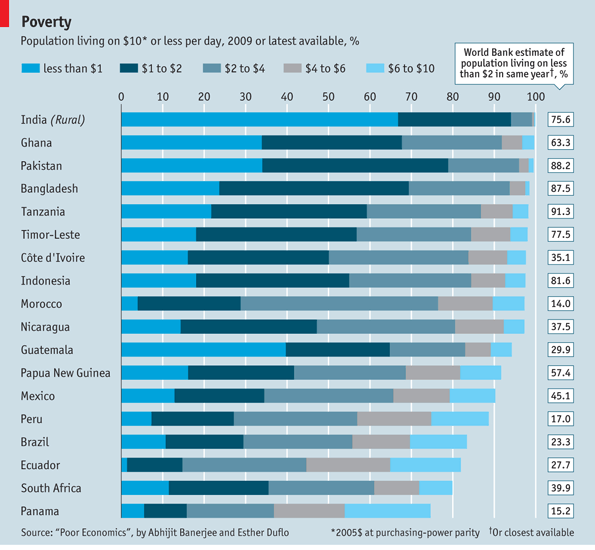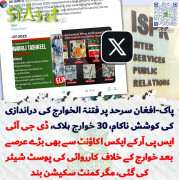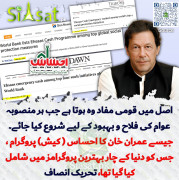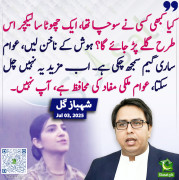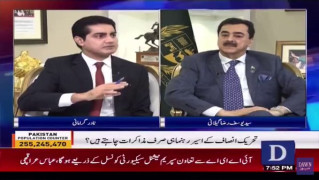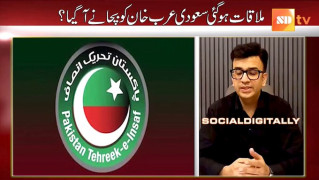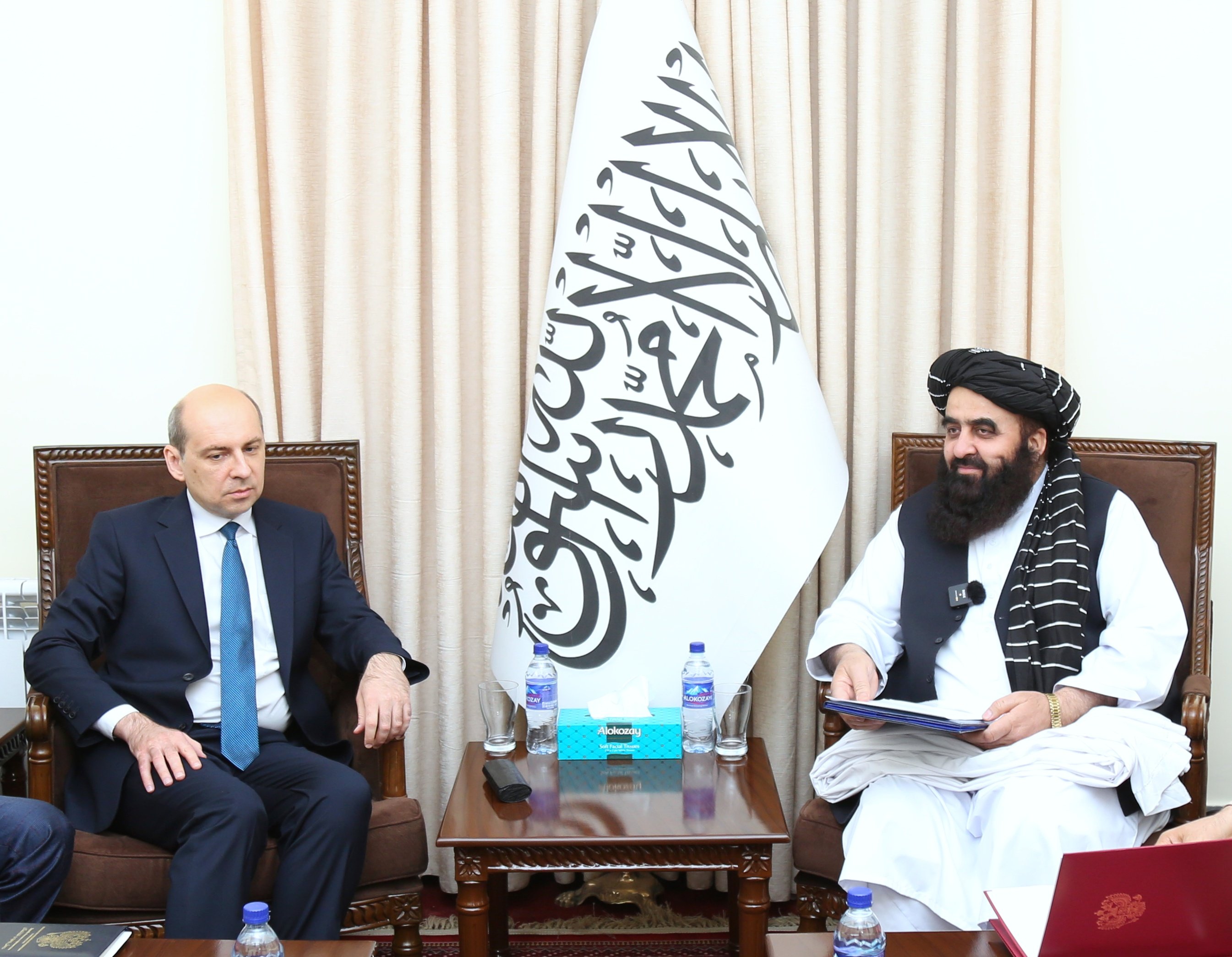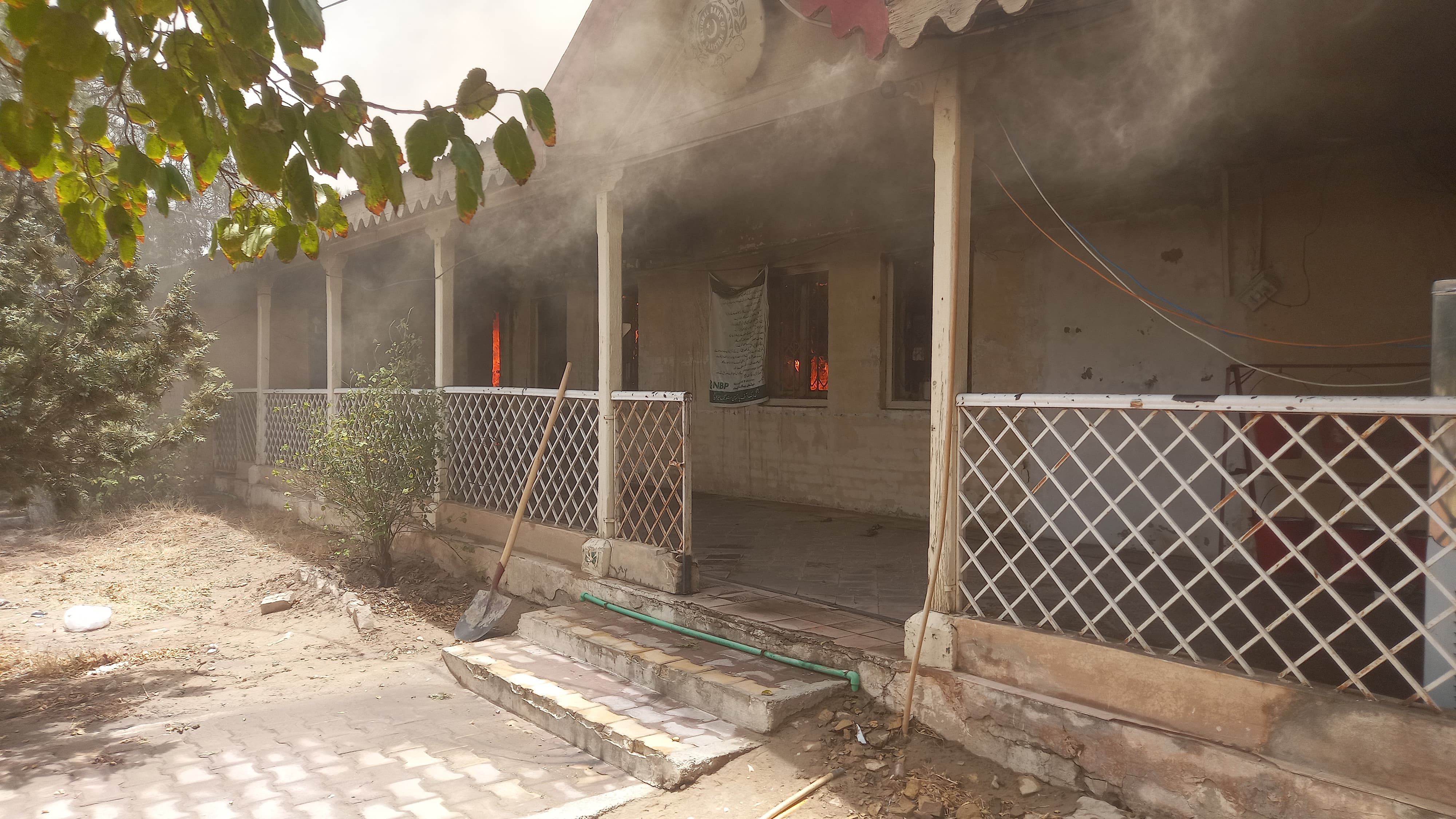Desicad,
Your arguments are invalid. First of all according to the UN figures over 500 millions Indian lives in abject poverty, even in worst conditions than sub-Saharan Africans.
Secondly, the figures also show over half of the worlds very poor live in India.
This chart is created by the Indians. You can not even claim bias against Indians.
Even for your cities the figures wouldnt be much different. For example figures show over 4 million people live on footpaths in your richest city Mumbai. And remaining live in shanty towns (jhopar patti) or slums. In fact it is been claimed that 90% of Mumbai population live in less than 10% of city total area and remaining 10% occupies the remaining 90%.
So the stats in Mumbai wouldnt be much different from this chart.
There may be few very rich people. It could be useful to skew the per capita income, like it does for India as a whole, but it wouldnt make much difference for this chart. There would be similar percentage of people living far below the poverty line.
Your other argument of not covering 100% is invalid too for India.
If you take example of Brazil the chart is only showing figure to roughly 82%, which means 18% of Brazilians earn more than $10 a day.
While for Indian the chart is almost 100%, it is the only country on the chart with such percentages. Even the percentage of people earning between $2 and $4 and $4 and 6$ is negligible compared to other countries. Almost 95% people are earning less than $2 dollars a day. And the other 4.6% are earning between $2 and $4. 0.4% are anything better, while $6 and $10 barely registering.
Lets face it, the situation is dire. Dont you understand it is quite normal to have few very rich people in India, for simple reason, due to population if someone makes a daily consumption product and everyone in the country uses it, by a net profit of Rs1, the person can become a rupees billionaire? The math is simple.
You have bania mentality, famous for greed and exploitations of the poor. Ask anyone outside India they say there is no difference between Indians and the Jews who are also famous for their greed and exploitations.
Remember we Pakistanis dont make such fuss it is you the Indians who always call Pakistanis as beggars and so on. We are not beggars it is our political elites who are useless and corrupt and given us the bad name. It would be nice for you to look internally. Similarly for terrorism, your soil is far more involved in terrorism. Our problem had been all the influx of foreigners who were actually assembled by the Americans themselves for Afghanistan war against USSR. At that time Americans used to call them Mujhadeen and now the same people are terrorists. But Americans left them on Pakistanis head with over 4 millions Afghan refugees, who are still there in Pakistan. Do you understand how difficult it is to control such population number, it is even more difficult because Pakistan gave them freedom of movement. They are spread in all part of Pakistan now.
On the other hand your country had home grown terror. With most of your political parties having terrorists wings in them. Our only problem is Kashmir and its people's freedom from India. But your country had plenty of inner problems.
You should start looking inward, rather than worrying about Pakistan.
Pakistan will come out of it, we are brave people, we can handle it.
Our country could be very rich very quickly if these corrupt thieves leave us alone. Our problems can be solved in 5 years by honest and dedicated people on the helm. We were and we can easily not only surpass Indian in per capita income like we used to do in very near past but also rapidly progress to become amongst middle income countries in very short period of time.
